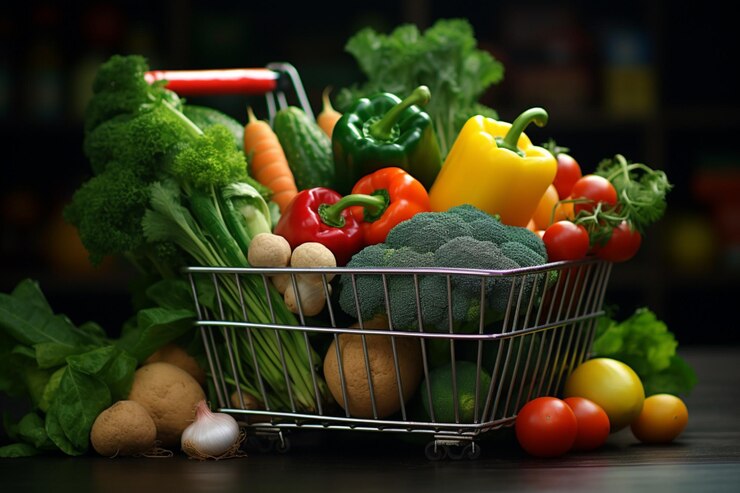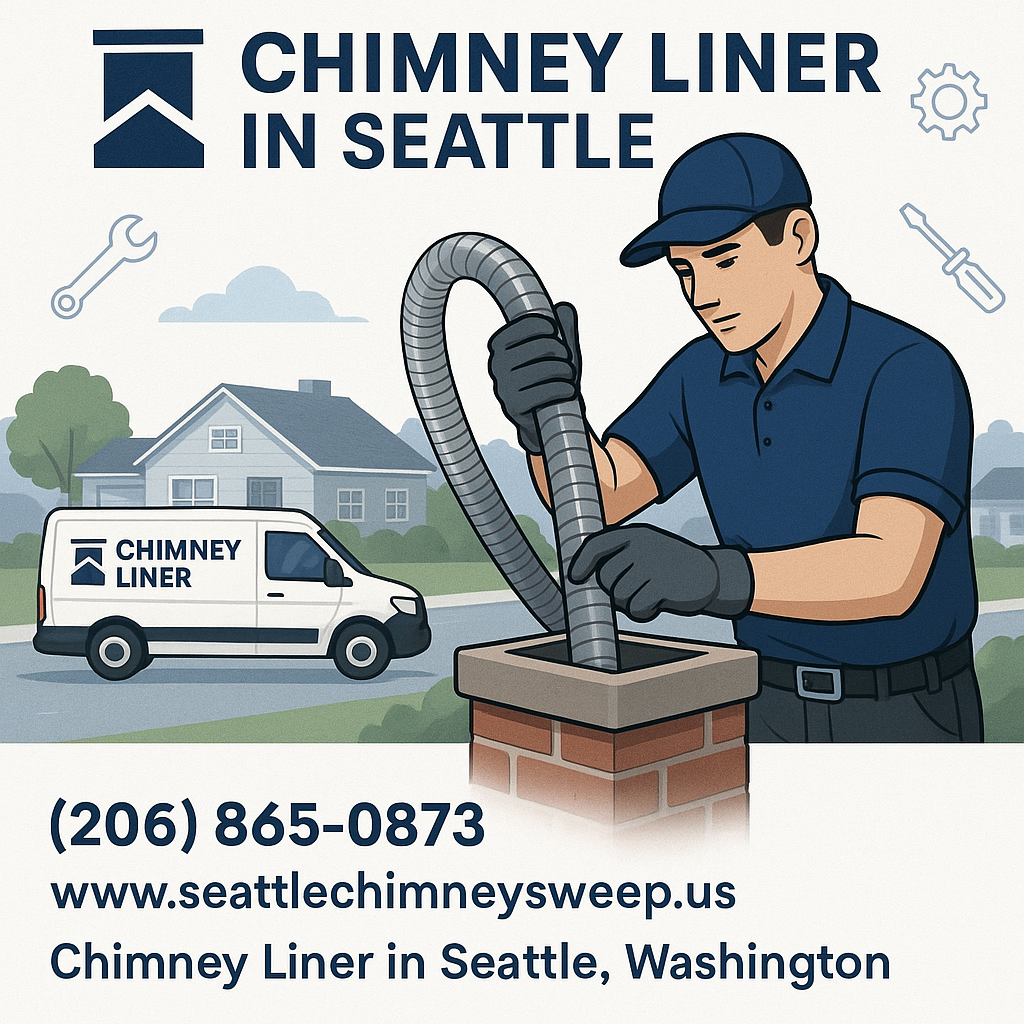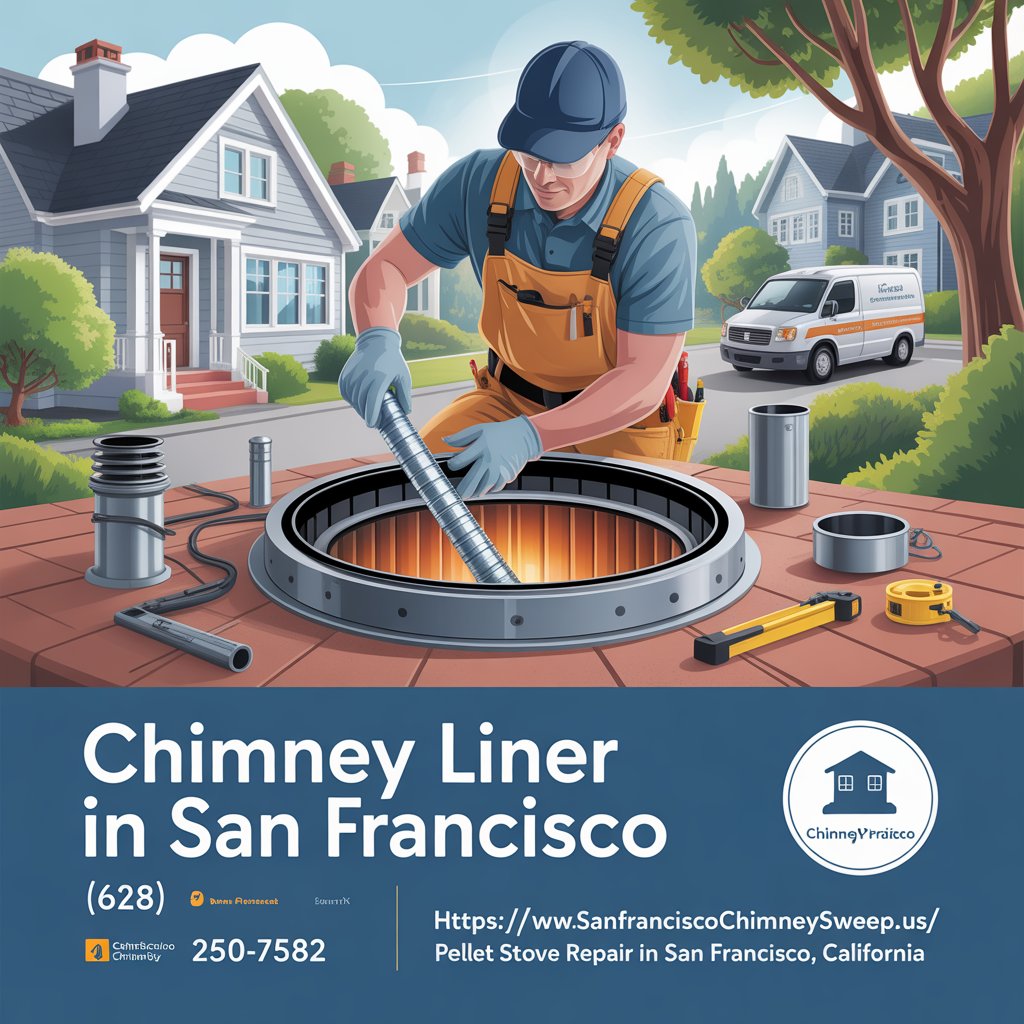If you’re in the dairy, meat, or seafood industries, you know that food safety isn’t something you can afford to take lightly. One slip-up—whether it’s contamination, improper handling, or a failure in processing—can lead to disastrous results: illnesses, costly recalls, and a damaged reputation. That’s where HACCP certification steps in.
HACCP, or Hazard Analysis and Critical Control Points, is a globally recognized food safety standard that helps businesses like yours control potential risks at every stage of production. Whether you’re processing meat, handling seafood, or manufacturing dairy products, HACCP certification can elevate your practices and protect your business from hazards that are more than just theoretical—they’re real, and they can be costly.
But why exactly does HACCP certification matter for your industry? And how can it make a tangible difference in your day-to-day operations? Let’s explore.
The 7 Principles of HACCP: What You Need to Know
HACCP certification isn’t something you can simply sign off on. It involves rigorous analysis and ongoing management. To get a better sense of how HACCP works, let’s break down its seven core principles:
1. Conduct a Hazard Analysis
The first step in implementing HACCP is identifying potential hazards. For industries like dairy, meat, and seafood, these hazards can include biological threats (bacteria, viruses), chemical hazards (pesticides, cleaning agents), or physical hazards (foreign objects like glass or metal). Identifying these risks at every stage of the production process allows you to mitigate them before they become a serious issue.
2. Determine Critical Control Points (CCPs)
Not every step in your production process carries the same level of risk. Critical Control Points (CCPs) are the stages in your workflow where the hazards are most likely to occur or where they can be controlled. For example, in meat processing, controlling temperature at certain stages is critical. If you don’t cook the meat to a certain temperature, harmful bacteria like Salmonella or E. coli could survive and cause illness. Recognizing these points in your operations is the first step in reducing risks.
3. Establish Critical Limits
Once you’ve identified your CCPs, the next step is setting measurable, specific limits for each. These could be things like temperature thresholds, pH levels, or time durations. For example, in dairy production, pasteurization must reach a specific temperature for a defined period to eliminate pathogens. Establishing these limits helps ensure that risks stay under control.
4. Monitor CCPs
It’s not enough to just set limits. You have to actively monitor the conditions to ensure they’re being met. Whether it’s checking temperatures in meat storage or testing water quality in seafood processing, regular monitoring gives you real-time information to prevent problems before they arise.
5. Establish Corrective Actions
Mistakes happen, and sometimes things fall out of control. If a process doesn’t meet its critical limit, corrective actions are necessary. Maybe a refrigeration unit malfunctions, or perhaps a batch of seafood wasn’t cleaned properly. In these cases, you need a plan—whether that means discarding the contaminated batch or reprocessing it—to get things back on track.
6. Verification Procedures
HACCP is all about consistent verification. This ensures that the system you’ve set up is working effectively. Audits, testing, and validation activities help confirm that your control points and procedures are functioning as they should. Regular checks from internal or external sources help prevent complacency and ensure your processes remain in line with food safety standards.
7. Documentation and Record Keeping
HACCP isn’t just about following the rules; it’s about documenting everything. From the initial hazard analysis to daily monitoring records, keeping detailed logs of your food safety measures is crucial. This not only helps you stay compliant but also provides valuable proof in case of a recall, audit, or legal inquiry.
Why HACCP Certification is Vital for Dairy, Meat, and Seafood Producers
Let’s face it: the dairy, meat, and seafood industries face some unique challenges. With highly perishable products and sensitive safety concerns, contamination can strike at any point in your supply chain. Here’s why HACCP certification is a game-changer for your business:
1. Boosts Consumer Confidence
When customers see that your business is HACCP certified, it signals that you take food safety seriously. In industries where recalls or contamination news can make headlines quickly, certification reassures consumers that your products meet the highest standards. A company that can prove its commitment to food safety earns customer trust—and loyalty.
2. Ensures Compliance with Regulatory Standards
Regulatory bodies like the FDA, EU, and other national food safety authorities require adherence to HACCP standards. By becoming HACCP certified, you ensure that your business complies with these regulations, avoiding fines, penalties, or shutdowns. This certification also opens doors for export opportunities, as many countries won’t accept food products that aren’t HACCP compliant.
3. Prevents Costly Recalls
Recalls aren’t just a headache—they’re expensive. A recall can cost your company millions of dollars, not to mention the damage to your reputation. HACCP certification ensures that potential hazards are detected and managed before they become a problem, thus significantly reducing the likelihood of costly recalls.
4. Improves Operational Efficiency
HACCP certification isn’t just about food safety—it’s also about streamlining operations. By following a structured, methodical approach to production, your team can identify inefficiencies, reduce waste, and improve overall productivity. And because you’re always monitoring and verifying your processes, you’re constantly improving.
5. Reduces Risk of Legal Trouble
Foodborne illness lawsuits can bankrupt companies, especially those in the dairy, meat, and seafood sectors. If a customer becomes ill from your products, the legal consequences can be severe. HACCP certification is a way of protecting your business—by documenting your efforts to control risks, you have proof that you’ve done your part in preventing contamination.
The Process of Getting HACCP Certified
Now that you understand why HACCP certification is essential, let’s talk about how to get it. The process may seem daunting, but with a clear roadmap, it’s manageable:
1. Understand the Standards
First things first: you need to understand the HACCP principles and standards inside and out. It’s not just about knowing the rules; it’s about how they apply to your specific operations. That’s why training is critical for your team, especially those in key positions like quality control, production, and safety.
2. Identify Risks in Your Operations
Perform a thorough hazard analysis in your facility. This is a detailed examination of your production process, identifying where contamination or hazards could potentially occur. For each identified risk, you’ll determine how to control it.
3. Create and Document Your HACCP Plan
Next, you’ll put together a detailed HACCP plan that covers all of your critical control points, the limits you’ve established, your monitoring systems, and corrective actions. This is the document you’ll use to guide your operations and keep everything compliant.
4. Implement Monitoring Systems
You need systems in place to ensure continuous monitoring of your CCPs. This could involve temperature logs, sanitation checklists, and other forms of regular data collection. These systems will help you ensure that your safety measures are being followed every step of the way.
5. Verify and Validate Your Plan
Once your system is up and running, you’ll need to regularly verify and validate that it’s working. This includes regular internal audits, staff training sessions, and perhaps even third-party inspections.
Conclusion: The Value of HACCP Certification in Dairy, Meat, and Seafood Industries
HACCP certification isn’t just about compliance—it’s about ensuring that your business is built on a solid foundation of food safety. For industries like dairy, meat, and seafood, where the stakes are high and the risks are real, this certification is more than a requirement. It’s a way of proving to your customers, regulators, and suppliers that you prioritize their health and well-being.
Getting certified is an investment in your future. It keeps you ahead of the competition, ensures smoother operations, and builds trust with your customers. So, don’t just see it as a mandatory step—embrace it as a way to make your food production safer, more efficient, and more reliable.
Ready to take the next step? Get HACCP certified today, and secure the future of your business.


